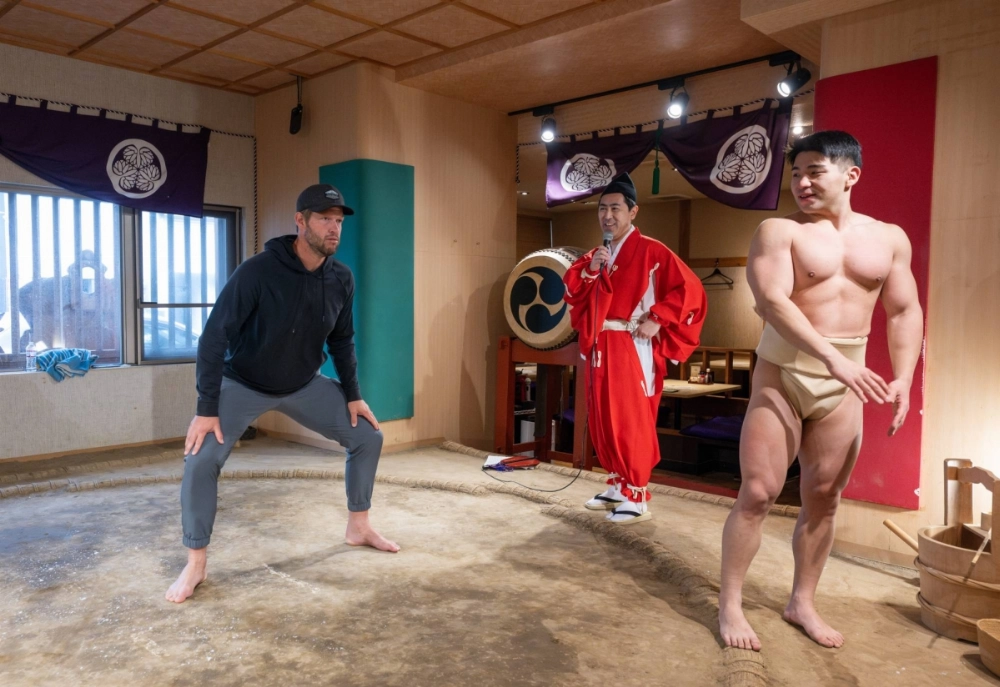Sumo is often referred to as Japan’s national sport but it’s America's pastime that is unquestionably this country’s one true obsession.
Why is baseball so popular? It’s a complicated question and there are dozens of books and college theses which go into various possible answers in great depth.
Timing, of course, is a factor, with baseball being one of the first Western sports introduced to Japan following the country’s reopening in the 19th century.


















With your current subscription plan you can comment on stories. However, before writing your first comment, please create a display name in the Profile section of your subscriber account page.